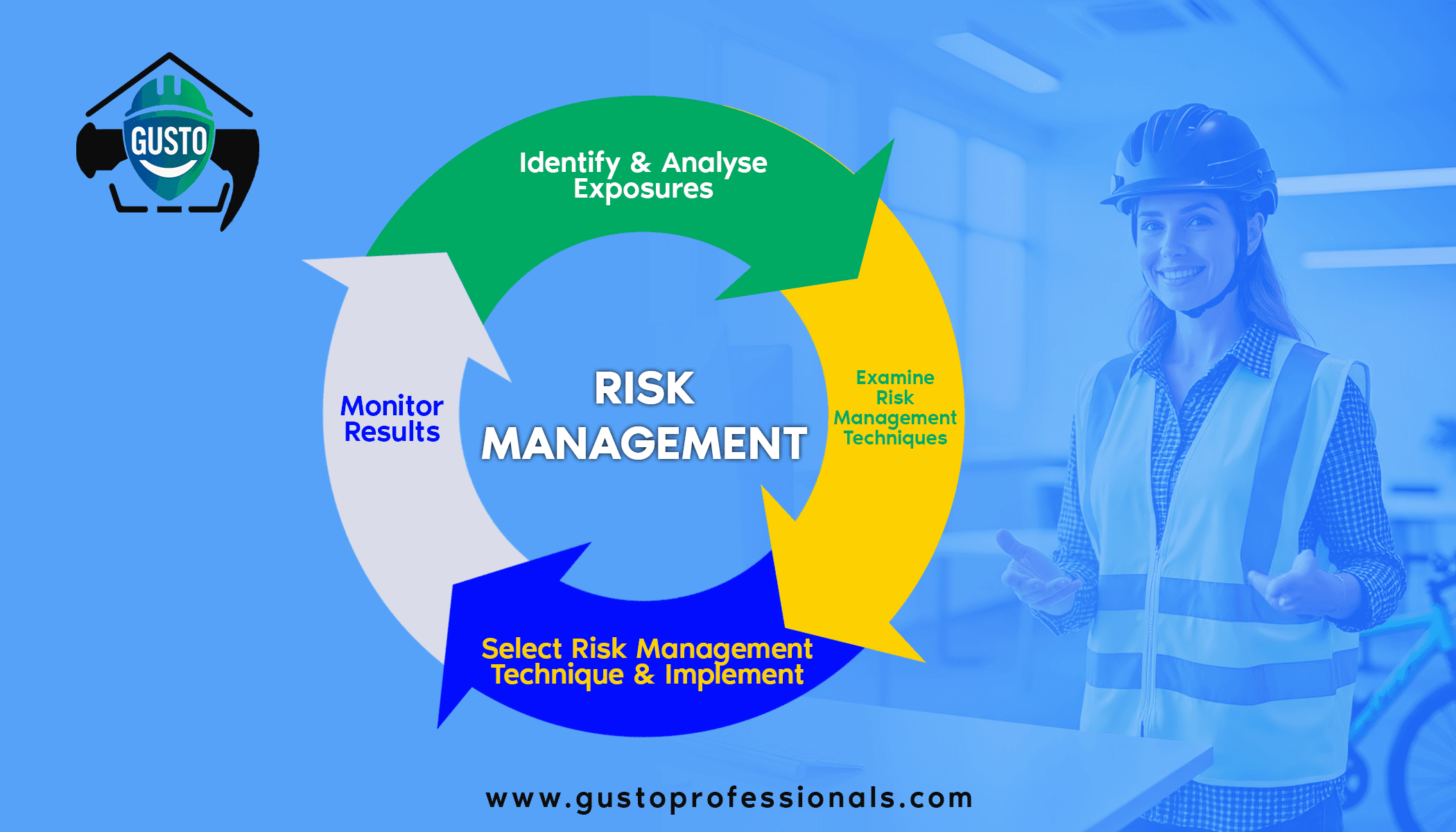
article
Risk Management Success
20 Oct 2025 | 2 min read
Go back
Risk Management Success
Risk management is considered successful when it is fully integrated into an organization's strategy, supported by leadership, and consistently applied across all levels through a clear governance framework. Key factors include strong risk skills throughout the organization, adequate resources, and a proactive culture that learns from mistakes, ultimately leading to better decision-making, enhanced performance, and increased likelihood of achieving strategic goals.
Key factors for success:
Executive and board ownership: Leadership commitment is crucial for establishing a risk-aware culture and prioritizing risk management.
Integrated strategy: Risk management should be part of all strategic and business planning, not an afterthought.
Clear governance and frameworks: A defined structure with clear objectives provides a consistent approach to risk.
Well-funded and resourced function: The risk management function must have the necessary budget and staff to be effective.
Strong organizational skills: Employees at all levels need to have the skills to identify and manage risks.
Culture of learning: An organization must be willing to learn from both successes and failures to improve its risk practices.
Benefits of successful risk management:
Better decision-making: It provides the data and structure for more informed and strategic choices.
Improved performance: This can lead to fewer losses, more efficient resource allocation, and a greater likelihood of achieving objectives.
Increased confidence: A robust risk management process builds confidence among stakeholders.
Enhanced reputation: It protects the organization's reputation by safeguarding assets and ensuring compliance.
Increased innovation: By managing risks, businesses can become more agile and open to growth opportunities

Contact Us Today.